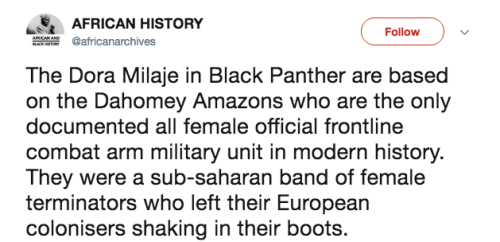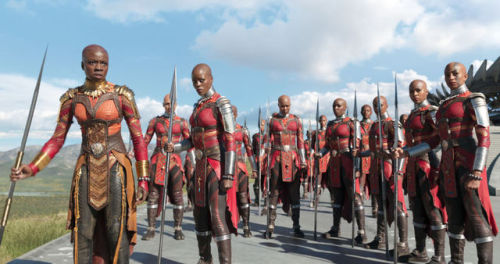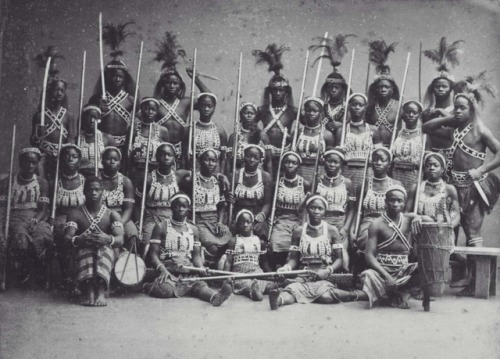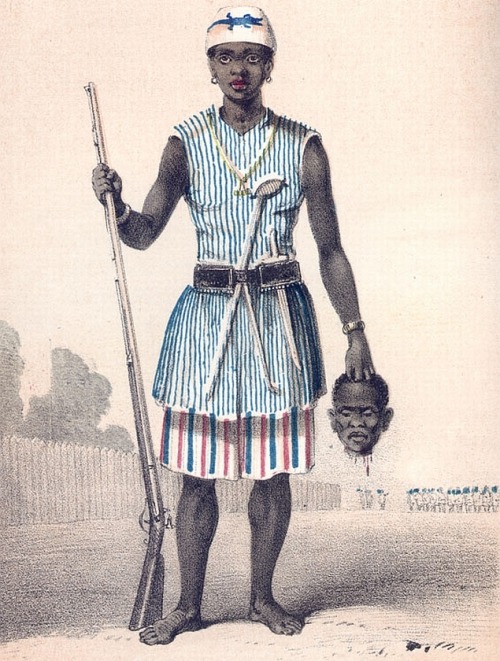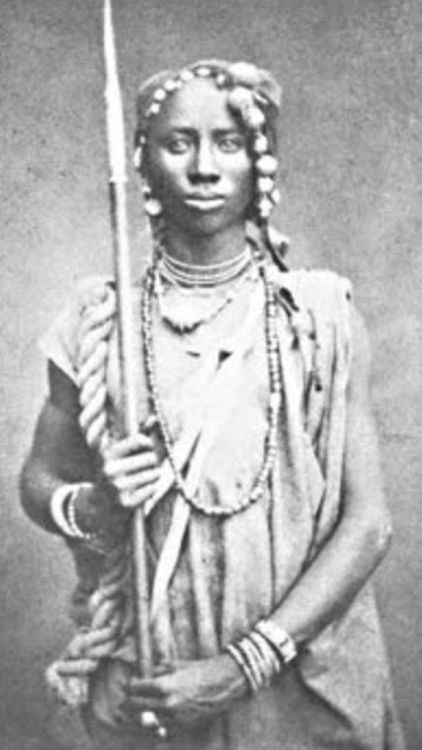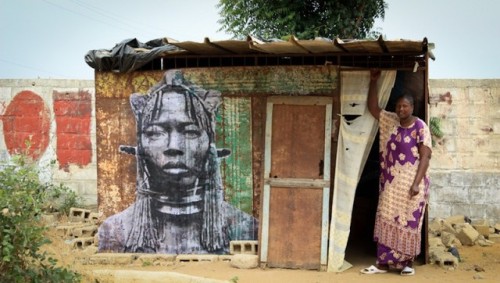thechanelmuse: Digging the Dora Milaje? Then Love the Dahomey Women Warriors The Dora Milaje—W
thechanelmuse:Digging the Dora Milaje? Then Love the Dahomey Women WarriorsThe Dora Milaje—Wakandan for “adored ones”—first appeared in 1998, created by Christopher Priest during his tenure as writer of Black Panther. Originally based on supermodels Naomi Campbell and Tyra Banks, the Dora were initially conceived not only as female warriors but also as potential wives for the king, whom they’ve pledged to protect, along with the royal family. They were the best and strongest women from the 18 villages within Wakanda and trained at the royal palace.But while Priest may in part cite supermodels as his inspiration, there is a historical prototype for the Dora Milaje in the Dahomey “Amazons”—so nicknamed by European colonizers and now known by the French-speaking Beninese as the “N’Nonmiton” (which translates to “our mothers” in Fon). Created by King Agaja of the West African nation of Dahomey (now the Republic of Benin) in the 18th century, the N’Nonmiton were an all-female guard and fighting force, likely inspired by the female hunters known as gbeto. Like the Dora Milaje, the N’Nonmiton were also considered wives of the king, pledging celibacy as well as loyalty and protection to him. And they existed in this role until the colonization of Dahomey in the late 19th century.Read moreMeet the Most Feared Women in HistoryFrom daughters to soldiers, from wives to weapons, they remain the only documented frontline female troops in modern warfare history. A sub-saharan band of female terminators who left their European colonisers shaking in their boots, foreign observers named them the Dahomey Amazons while they called themselves N’Nonmiton, which means “our mothers”. Protecting their king on the bloodiest of battlefields, they emerged as an elite fighting force in the Kingdom of Dahomey in, the present-day Republic of Benin. Described as untouchable, sworn in as virgins, swift decapitation was their trademark.These are not mythical characters. The last surviving Amazon of Dahomey died at the age of 100 in 1979, a woman named Nawi who was discovered living in a remote village. At their height, they made up around a third of the entire Dahomey army; 6,000 strong, but according to European records, they were consistently judged to be superior to the male soldiers in effectiveness and bravery.Their history traces as far back as the 17th century, and theories suggest they started as a corps of elephant hunters who impressed the Dahomey King with their skills while their husbands were away fighting other tribes. A different theory suggests that because women were the only people permitted in the King’s palace with him after dark, they naturally became his bodyguards. Whichever is true, only the strongest, healthiest and most courageous women were recruited for the meticulous training that would turn them into battle-hungry killing machines, feared throughout African for more than two centuries.They were armed with Dutch muskets and machetes and by the early 19th century, they had become increasingly militaristic and fiercely devoted to their King. Girls were recruited and given weapons as young as eight years-old, and while some women in society became soldiers voluntarily, others were also enrolled by husbands who complained of unruly wives they couldn’t control.From the start, they were trained to be strong, fast, ruthless and able to withstand great pain. Exercises that resembled a form of gymnastics included jumping over walls covered with thorny acacia branches. Sent on long 10-day “Hunger Games” style expeditions in the jungle without supplies, only their machete, they became fanatical about battle. To prove themselves, they had to be twice as tough as the men. Often seen as the last (wo)men standing in battle, unless expressly ordered to retreat by their King, the Dahomey women fought to the death– defeat was never an option.The N’Nonmiton women were not allowed to marry or have children while serving as soldiers and were considered married to the King in a vow of chastity, focused solely on their semi-sacred status as elite warriors. Not even the King dared to break with their celibacy vows, and if you were not the King, to even touch these women meant certain death.In the Spring of 1863, the British explorer Richard Burton arrived in the west african coastal nation of Dahomey on a mission for the British government, trying to make peace with the Dahomey people. The Dahomey were a warring nation who actively participated in the slave trade, turning it to their advantage as they captured and sold their enemies. But it was the elite ranks of Dahomey female warriors that amazed Burton.“Such was the size of the female skeleton and the muscular development of the frame that in many cases, femininity could be detected only by the bosom.”The female soldiers were said to be structured in parallel with the army as a whole, with a central elite wing acting as the king’s bodyguards, flanked on both sides, each under separate female commanders. Some accounts even say that each male soldier in the army had a N’Nonmiton counterpart. Burton gave the army the nickname of “Black Sparta”.The women learnt survival skills, discipline and mercilessness. Insensitivity training was a key part of becoming a soldier for the King. As illustrated above, one recruitment ceremony involved testing if potential soldiers were ruthless enough to throw bound human prisoners of war to their deaths from a fatal height.A French delegation visiting Dahomey in 1880s reported witnessing an Amazon girl of about sixteen during training. The records note that she took three swings of the machete before completely removing the head of a prisoner. She wiped the blood from her sword and swallowed it. Her fellow Amazons screamed in frenzied approval. It was customary in the region as warriors of the time to return home with their heads and genitals of opponents.Read more -- source link
Tumblr Blog : thechanelmuse.tumblr.com
#history#badass women#black panther
